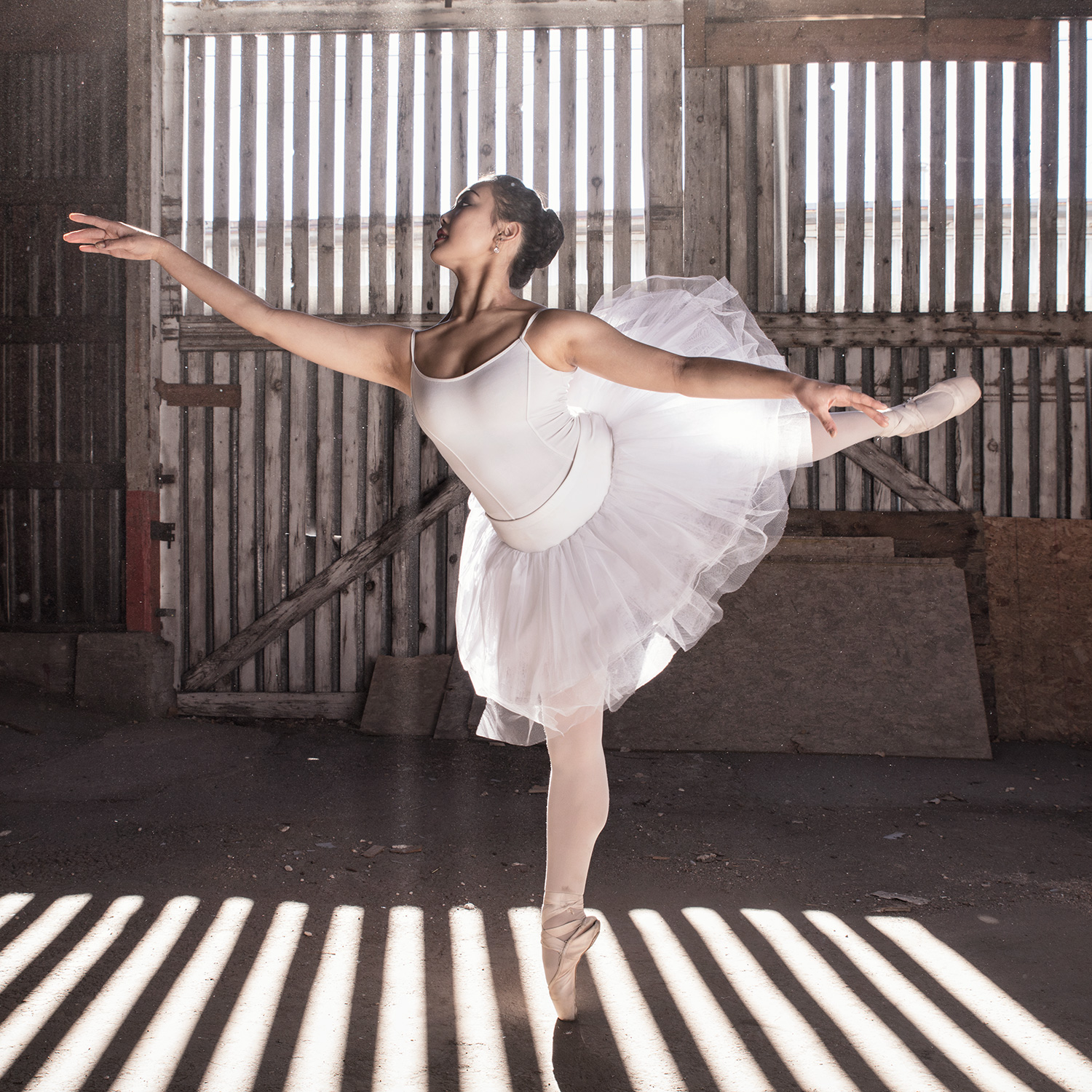I have had a number of people ask me if I would be putting tutorials up on my page, and that is definitely in the works for 2016, but I think there is a fundamental problem with a lot of people trying to break into composite photography, and that's lighting. Sometimes I think our digital crazed culture has become so reliant on the term "fix it in post" that we forget the little things that make photography special.
When you look at some of the great photographers before us, like Henri Cartier-Bresson and Ansel Adams, you realize that they saw light, it didn't just happen to them and it most certainly wasn't luck. You might be asking, what do two guys who shot mostly black and white film have to do with a digital composite photographer in 2015?! To that I would say, everything! I have had multiple people come to me and ask how I make my composite images look so real, and yes, I use Photoshop a lot, but Photoshop can only do so much. I think most of what makes composite images look real is lighting. More specifically being able to identify lighting and re-create it.
So, what can you do? How can you start to learn about lighting? Well the first thing you can do is go outside! Look at shadows, haze, highlights, soft light, hard light, night lights, natural light, artificial light, fog, etc. and study them. The more you know about what light looks like the better. That's the fun part, I am still obsessed with shadows and I take pictures of them all the time...it's a little weird. I can't stop it though, I think light is incredible and beautiful, I think at the heart of what we do is the fact that photographers love light.
What do you do after that? You learn how to make it. First, learn how to make light and shadows in a studio. This part can be harder if you don't have access to lights, but it most certainly can be done on a budget. This is a critical step if you want to be a composite photographer because your ability to take an object and put it seamlessly into a background is what will set you apart from the competition. There are a ton of tutorials that you can look at online, like kelbyone.com, that will teach you lighting, but make sure you don't just watch videos, go do it!
Finally, you need to learn how to make lighting and shadows in Photoshop. I think this is where things get a little backwards for a lot of people. I can't tell you how many people have said the know a ton about Photoshop and still can't make their images look right. Honestly, if they really do know a ton about Photoshop (I have my suspicions), it's probably the lighting. I think if you just try to learn Photoshop without learning lighting you are doing yourself a disservice, and it makes things very frustrating in the beginning. When you're ready though, there are a ton of websites and resources to help you learn about lighting in Photoshop (Phlearn, Lynda, Kelbyone, Youtube, etc).
I might be crazy, but I think you need to know this stuff to be a professional photographer, not just have a nice camera. I mean, having a nice camera is great and all, but I would rather hire a photographer with a cheaper camera who knows what they're doing then one with a super expensive camera who doesn't have a clue.
I just recently went in the studio and did test lighting for a shoot that I am getting ready for and to learn more about lighting, because you never know it all! Below are some of the shots that I took from new lighting set ups I am working on, and a little bts video of me running around taking pictures of myself! Until next time, be awesome!


















